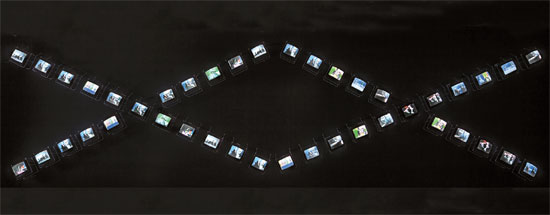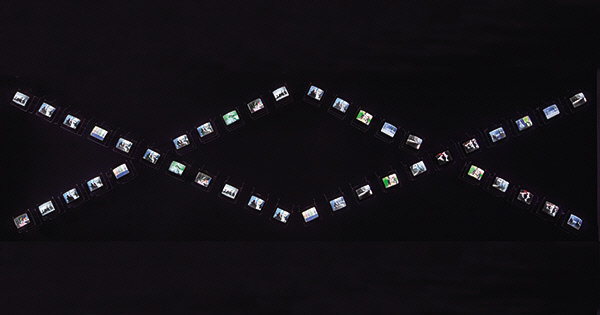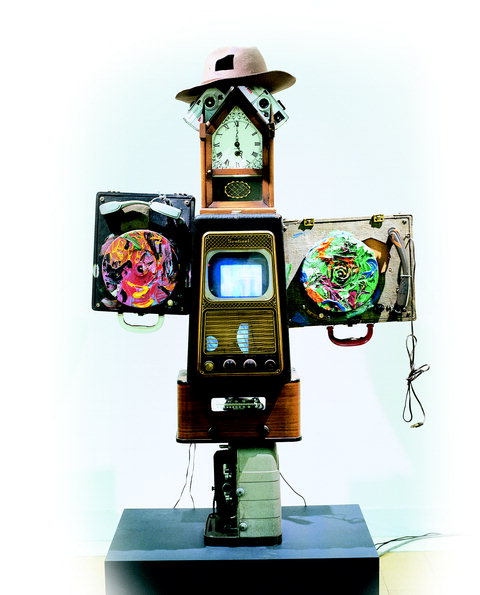학고재갤러리는 새해 첫 전시로 오는 1월 21일부터 3월 15일까지 백남준 개인전 < W3 >를 개최한다. 플럭서스 운동의 핵심멤버이자 비디오아트의 창시자인 백남준(1932-2006)은 비디오조각, 설치, 퍼포먼스, 싱글채널비디오 등 다양한 경계를 넘나들며 혁신적인 작품으로 세계 현대미술사에 거봉으로 자리잡았다.
전시 제목인 < W3 >는 미래 미디어 환경을 예측한 작가의 이상적 아이디어가 실현된 그의 대표작이다. 총 64개의 모니터로 구성된 W3는 인터넷을 지칭하는 World Wide Web을 의미한다. 1974년 이미 인터넷을 예상하고 ‘전자 초 고속도로(Electronic Super Highway)’란 단어로 현대사회의 웹문화와 대중매체를 예견한 이 작품은 백남준이 꿈꾸던 미래의 미학세계를 대변한다. 그는 일상적이고 권위적인 사물이었던 텔레비젼을 예술적인 소재로 탈바꿈하여 관객들의 미적 사유를 촉발시켰다. 그의 예술를 통해 관람자들은 인간 정신의 자유를 향한 그의 사랑을 체험할 수 있을것이다.
이번 전시에 소개되는 작품들은 지난 해 하반기에 항저우 삼상현대미술관에서 전시되었던 < 우리가 경탄하는 순간들 >展과 학고재상하이에서 전시되었던 < 백남준을 상하이에서 만나다 >展의 작품들이 망라되어 총 12점이 출품된다. 학고재의 새해 첫 전시로 마련된 < W3 >展은 한국이 배출한 세계적인 거장이면서 지금은 전설속의 묻혀가고 있는 백남준 작가를 추억하며, 미래를 열어갈 우리 작가들에게 큰 영감을 주는 전시가 될 것이다.



















